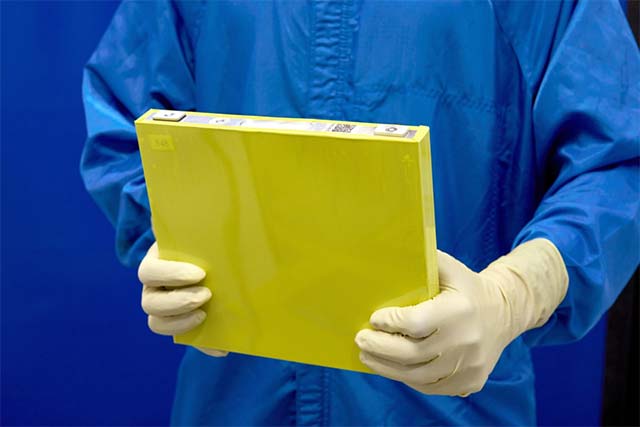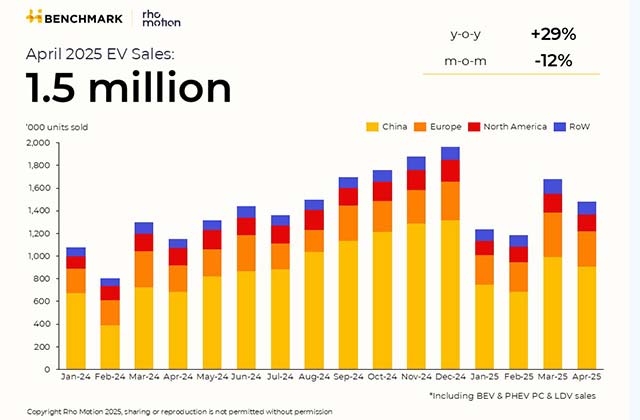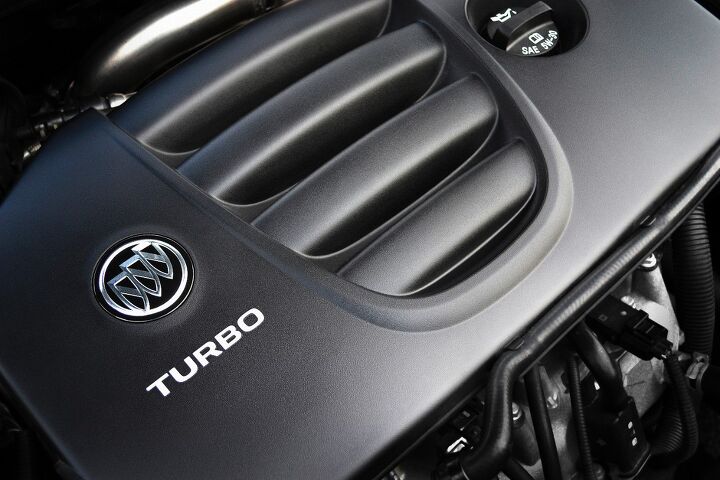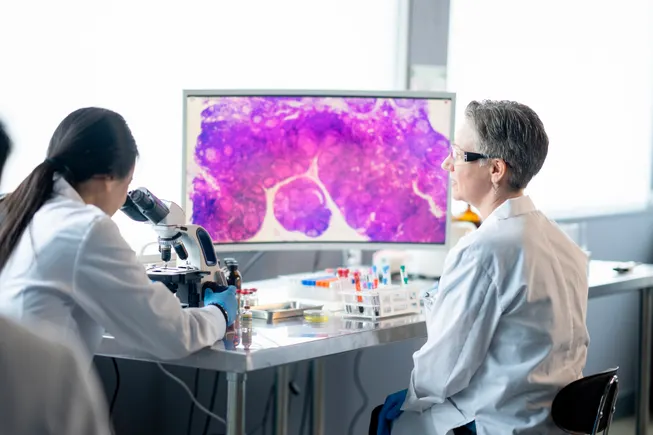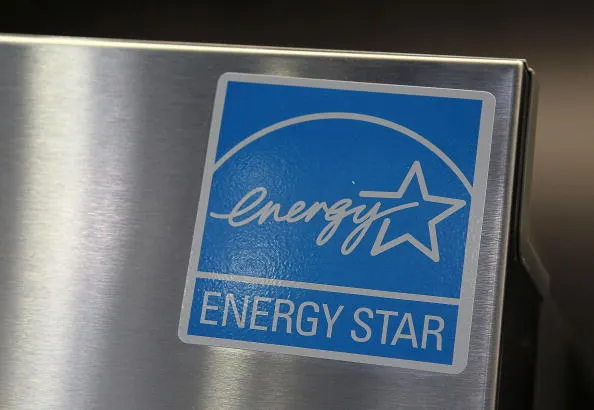The Charge Self‐Regulation Effect Induced by Microcrystalline‐Amorphous Heterointerface Network Toward Fast Charging Sodium Ion Batteries
Advanced Energy Materials, Volume 15, Issue 18, May 13, 2025.

C-MoSe2/A-MoSexOy is synthesized through in situ low-temperature oxidation of crystalline MoSe2. The charge self-regulation effect is proposed that it is induced by microcrystalline-amorphous heterointerface network, activating the Mo─Se bond, further manipulating the active electron state, and enables charge redistribution at the heterointerface, thereby accelerating both electron/ion transfer across the active heterointerface while enhancing Na+ kinetics.
Abstract
Sodium-ion batteries (SIBs), recognized for their abundant resource availability, are emerging as a viable alternative to conventional batteries. Nevertheless, sluggish electrons/ions kinetics impedes further advancement in SIBs technology. Herein, a novel microcrystalline-MoSe2/amorphous-MoSexOy (C-MoSe2/A-MoSexOy) is developed through in situ low-temperature oxidation of crystalline MoSe2. The microcrystalline MoSe2 acts as a robust framework, while the amorphous MoSexOy phase fills the interstitial spaces. This anode material is characterized by an optimized microcrystalline-amorphous heterointerface. The resultant charge self-regulation effect can be exploited to modulate active electron states, thereby ensuring high-speed and stable sodium storage performance. The heterointerface demonstrates an ultrahigh specific capacity (641.0 mAh g−1 at 0.5 A g−1) and maintains splendid rate performances up to 100 A g−1 (324.2 mAh g−1). Detailed theoretical and experimental researches indicate that the enhanced performance results from the production of active electronic states, which are initiated by the charge self-regulation effect at the microcrystalline-amorphous heterointerface in C-MoSe2/A-MoSexOy, featuring active Mo─Se bonds, which regulates the interfacial charge redistribution and facilitate electron transfer across the active interface between the microcrystalline and amorphous phases. The findings suggest that the charge self-regulation effect, prompted by the heterointerface network, inherently accelerates electron/ion transport, offering a promising electrode design strategy for fast-charging batteries.

























